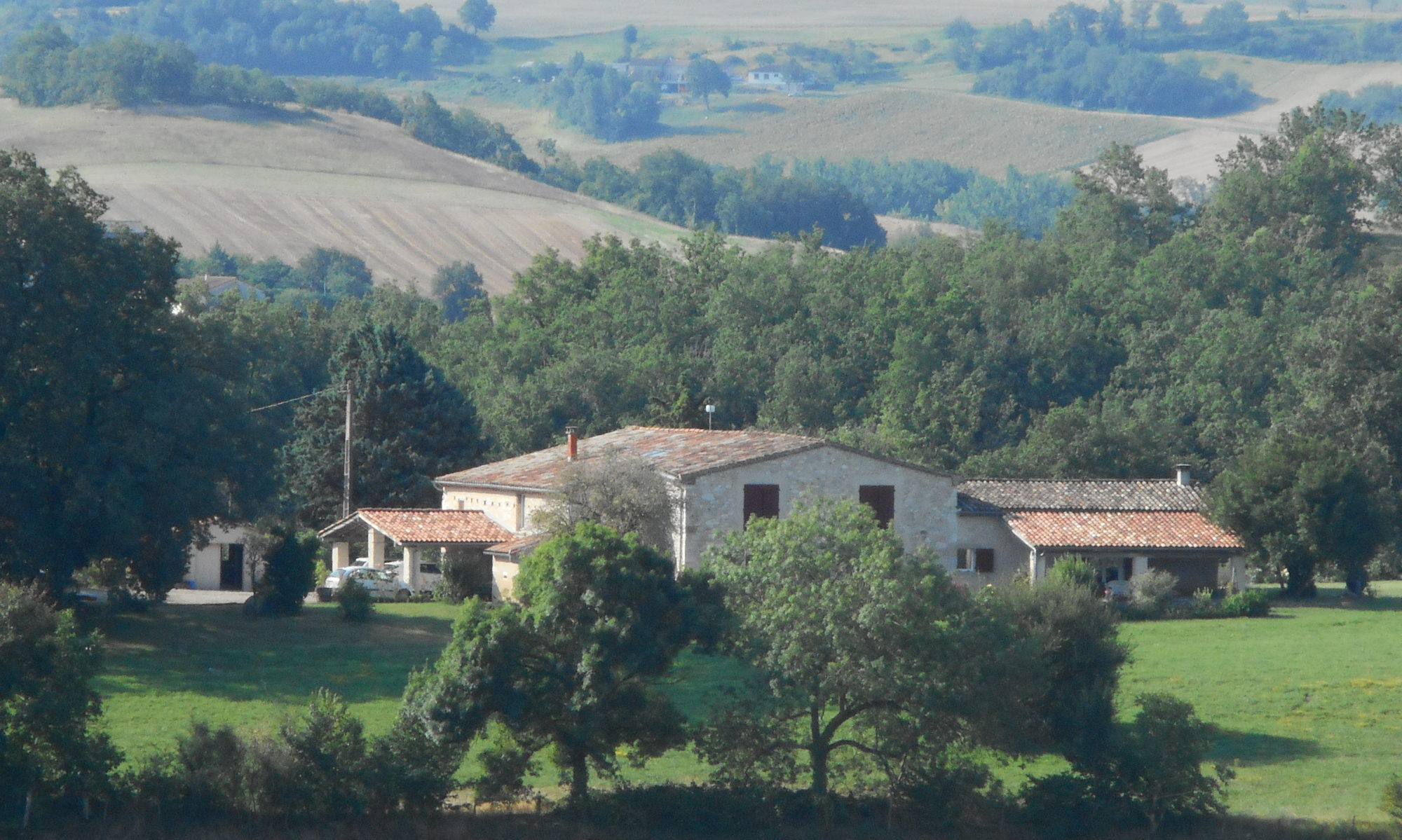Some facts you are possibly not aware of Turkmenistan is one of the world’s fastest-growing economies. It is largely a desert country with intensive agriculture in irrigated areas, and huge gas and oil resources. In terms of natural gas reserves, it is ranked 4th in the world. Regarding agriculture, the two largest crops are cotton, most of which is produced for export, and wheat, which is domestically consumed.
Turkmenistan is among the top ten producers of cotton in the world.
Turkmenistan is among the top ten producers of cotton in the world.
It is all because of the American Civil War. In the 1860’s the import of cotton from the US to Russia was disrupted and so the price shot up. This made it an increasingly important commodity in the region so they decided to grow it themselves, well they had lots of space and cotton had been grown for thousands of years in Central Asia although its cultivation was on a much lesser scale than during the Soviet period.
The cotton trade at first actually led to improvements in the region the Transcaspian Railway from Krasnovodsk to Samarkand and Tashkent, and the Trans-Aral Railway from Orenburg to Tashkent were constructed.
In the long term the development of a cotton monoculture would render Turkestan dependent on food imports from Western Siberia as they swapped food growing for cotton growing.
These days there is a lot of debate on the topic of cotton. There is a lot of talk about the “Aral Sea” a large body of water in Asia which is rapidly diminishing well guess what started it all cotton.
The Russians needed to irrigate their cotton fields so they used water from this lake.
This is what Wikipedia has to say.
This is what Wikipedia has to say.
In the early 1960s, the Soviet government decided the two rivers that fed the Aral Sea, the Amu Darya in the south and the Syr Darya in the northeast, would be diverted to irrigate the desert, in an attempt to grow rice, melons, cereals, and cotton. This was part of the Soviet plan for cotton, or “white gold”, to become a major export. This temporarily succeeded, and in 1988 Uzbekistan was the world’s largest exporter of cotton.
The construction of irrigation canals began on a large scale in the 1940s. Many of the canals were poorly built, allowing water to leak or evaporate. From the Qaraqum Canal, the largest in Central Asia, perhaps 30 to 75% of the water went to waste. Today, only 12% of Uzbekistan’s irrigation canal length is waterproofed.
Another discussion point is the use of children to help pick the cotton. half the population work in agriculture and there is an “expectation” that everyone helps pick the harvest and that really means everyone. No matter where you live or what job you do you are expected to volunteer to assist. The picking is almost all hand done.
There was a campaign a couple of years back to outlaw children working in these fields (which are everywhere, trust me everywhere) so the President passed a law which forbade children picking cotton. I am not sure how well it is being enforced. We did see a lot of cotton picking and to be honest I can’t say I actually saw children working in the fields there may have been some but certainly not huge numbers.
Interestingly there was a comedy show on the other night called “The Ambassadors” staring Mitchell and Webb and this topic was part of the script which was quite a spooky coincidence.
whilst you are not supposed to take pictures of people picking cotton here are a few random shots which resulted as my camera went off (several times) whilst I was cleaning it.




Yes these really are mounds of cotton who would have guessed


